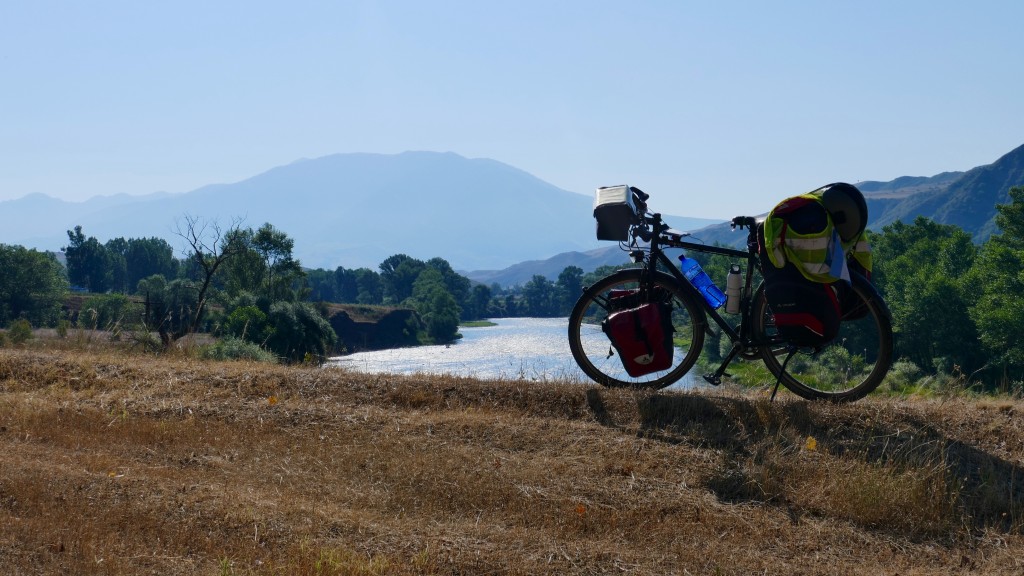
Der Kura Tal in Georgien, zwischen Akhaltsikhe und Khashuri hatte schon immer eine bedeutende Rolle als Verbindungsstrasse zwischen Tiflis und Batumi am Schwarzmeer. Unzählige Burgen und Schloss(Ruinen) in den Anhöhen entlang des Flusses zeugen heute noch von der Wichtigkeit und Bedeutung des Tales.
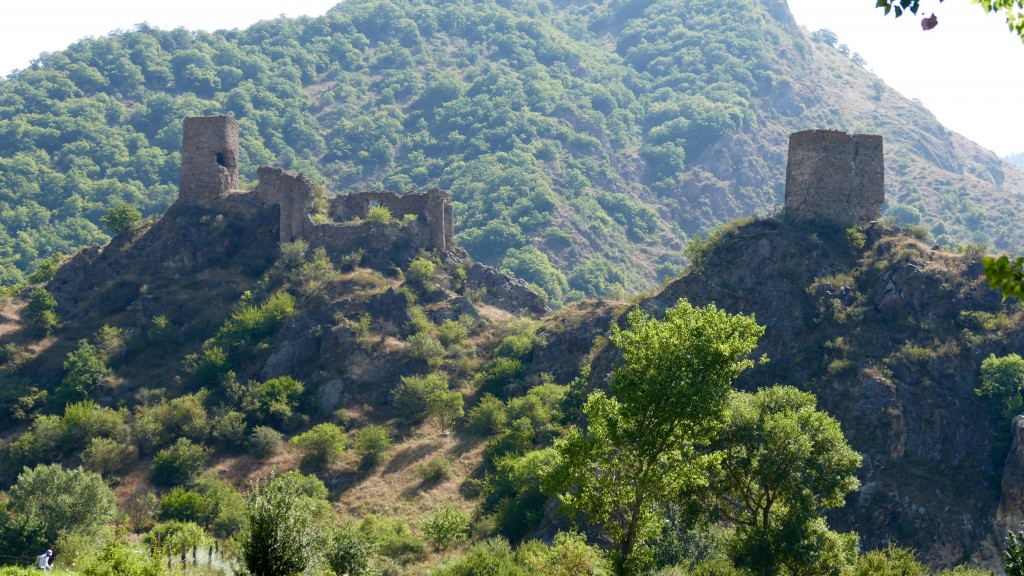
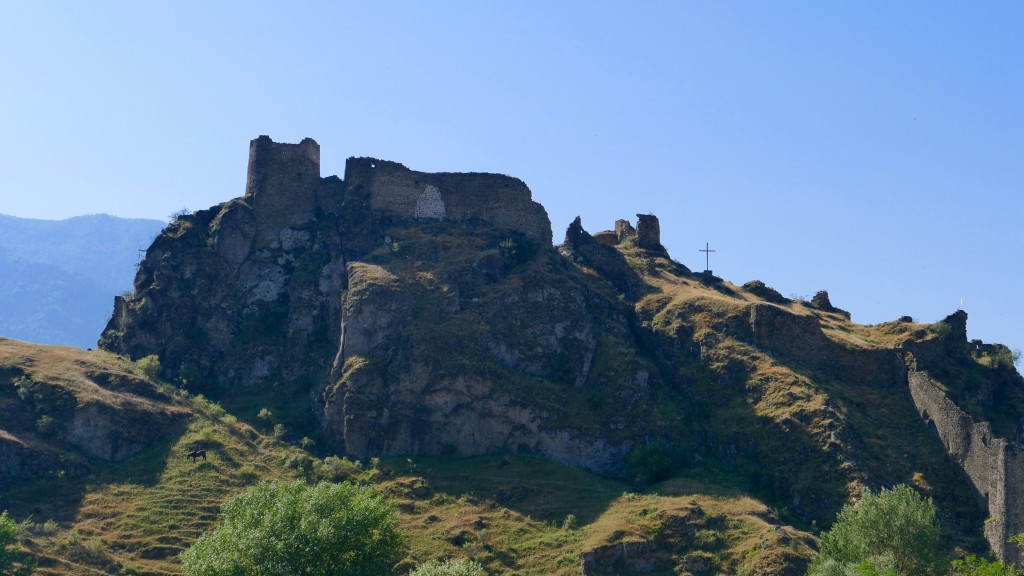
The medieval castle is located on a high rocky mountain, a few kilometers from Borjomi. In the XVI century, after the Ottoman conquest of Tori (a historic region of Georgia), Peter’s Castle was the administrative center of the Ottomans. Currently, the preserved remains of various buildings lie within the fortress walls, including ruins of a residence hall and a wine cellar. At Likani Village.
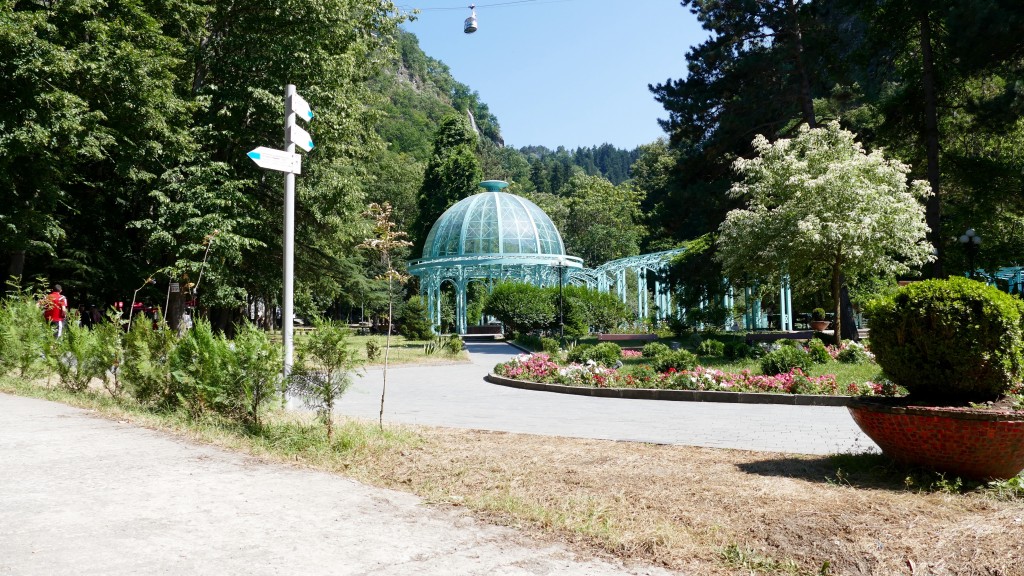
The most remarkable virtues of Borjomi are its striking nature and unique mineral waters. One of the best places to experience this is the “Mineral Water Park” of Borjomi. The park itself dates back to the 1850s and is an attractive destination all throughout the year.
El monasterio verde, construido entre los siglos IX y X. El monasterio ortodoxo Chitakhevi de San Jorge (Monasterio Verde) se encuentra en un valle boscoso a 13 km de la ciudad de Borjomi. El material usado para su construction tiene la characteristic que algunas de sus piedras se han colorado de verde, probablemente a raid de musgos. Otros se han oscurecido.
Der Bordschomi Charagauli Nationalpark umfasst etwa 1 % der Fläche Georgiens und ist einer der größten Naturparks Europas. Viele Bereiche des Parks sind unberührt. Das Naturschutzgebiet steht unter WWF Schutz. Dieser wurde auch mit der Unterstützung der BRD errichtet und feierlich im Jahr 2001 eingeweiht.
Quellen: Wikipedia, Visitgeorgia.ge, Georgiaabout.com, georgia.travel
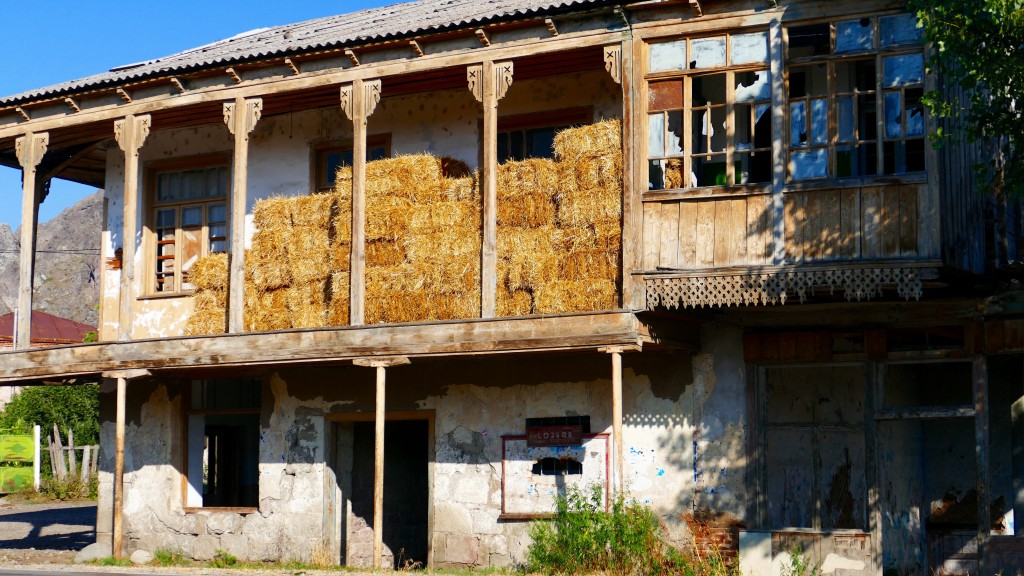

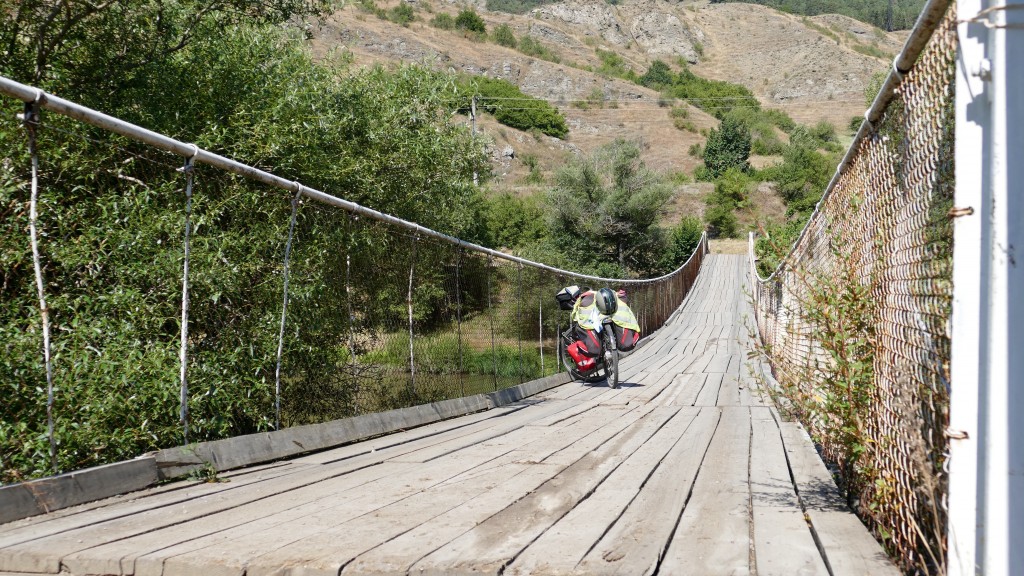
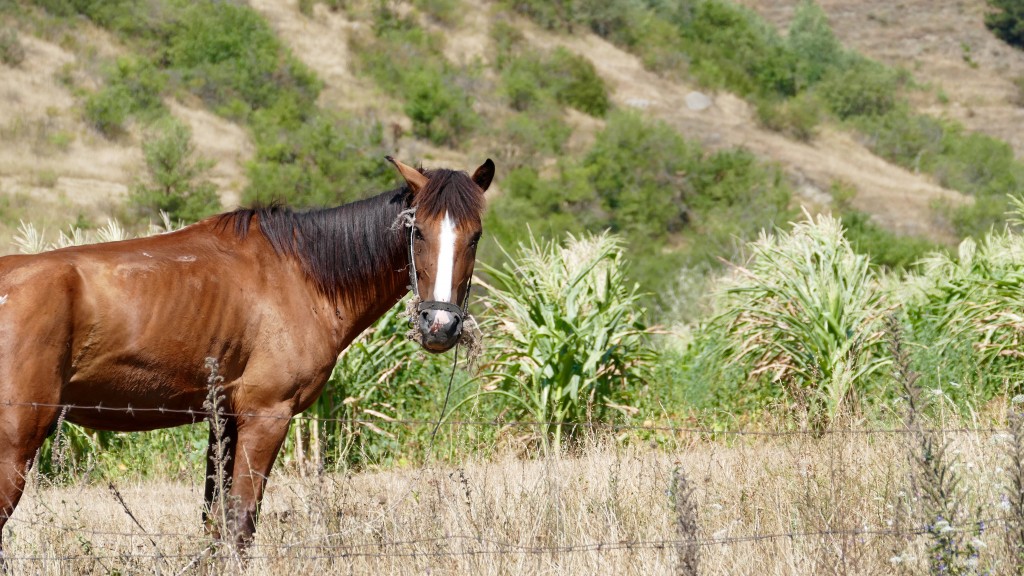
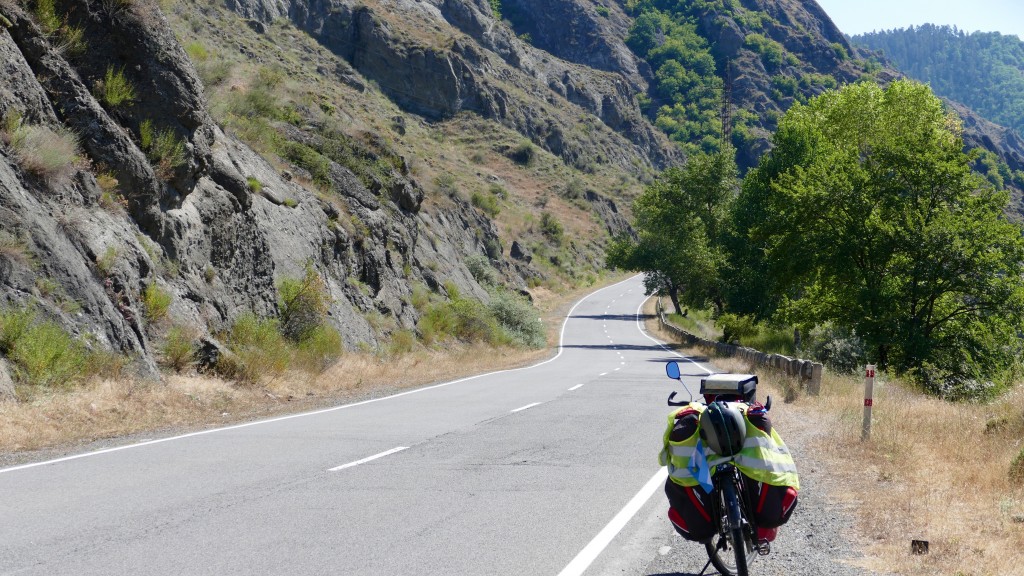
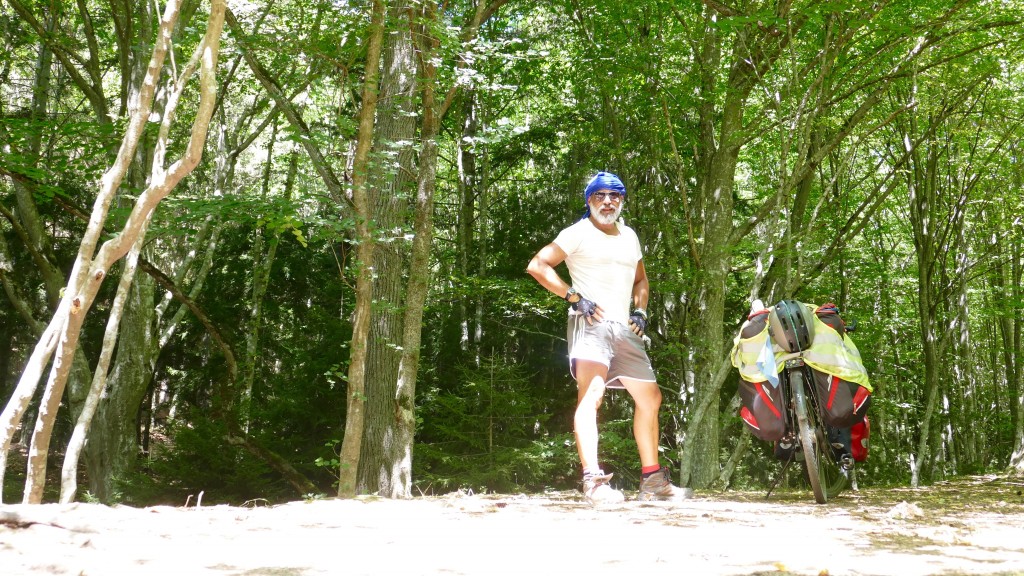
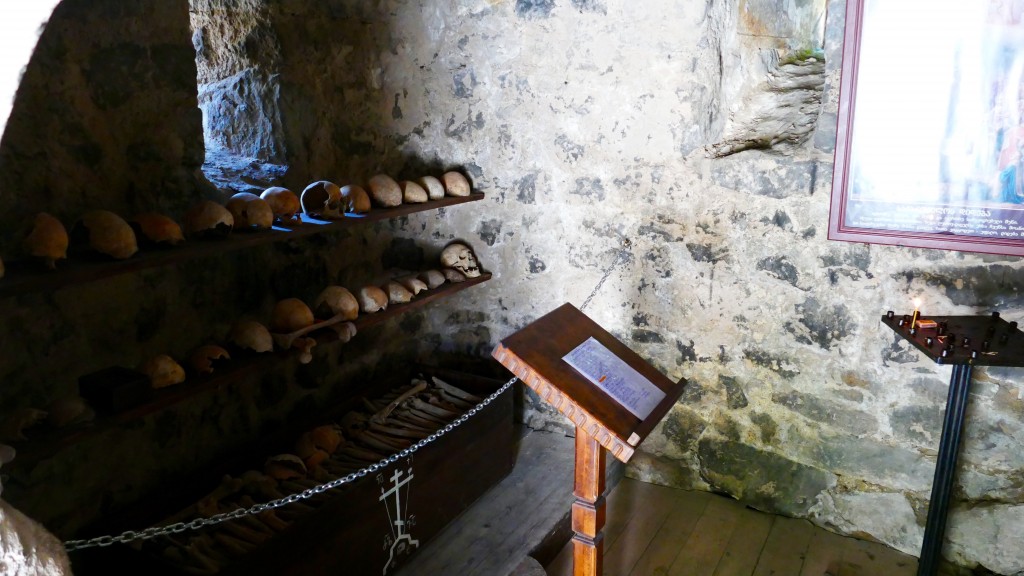
Built between the 9th-10th centuries, the Chitakhevi Monastery of St. George (the Green Monastery) is nestled in the beautiful Borjomi valley, 13 kilometers from the town of Borjomi. The church is constructed from special stones which have a green coloring to them, with some being darker and some lighter.
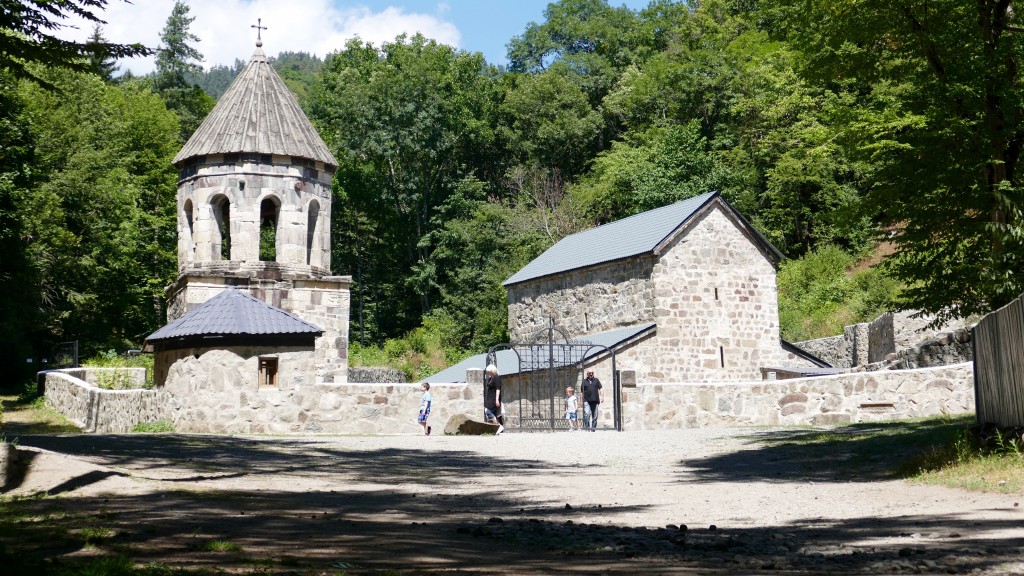
Built between the 9th-10th centuries, the Chitakhevi Monastery of St. George (the Green Monastery) is nestled in the beautiful Borjomi valley, 13 kilometers from the town of Borjomi. The church is constructed from special stones which have a green coloring to them, with some being darker and some lighter.
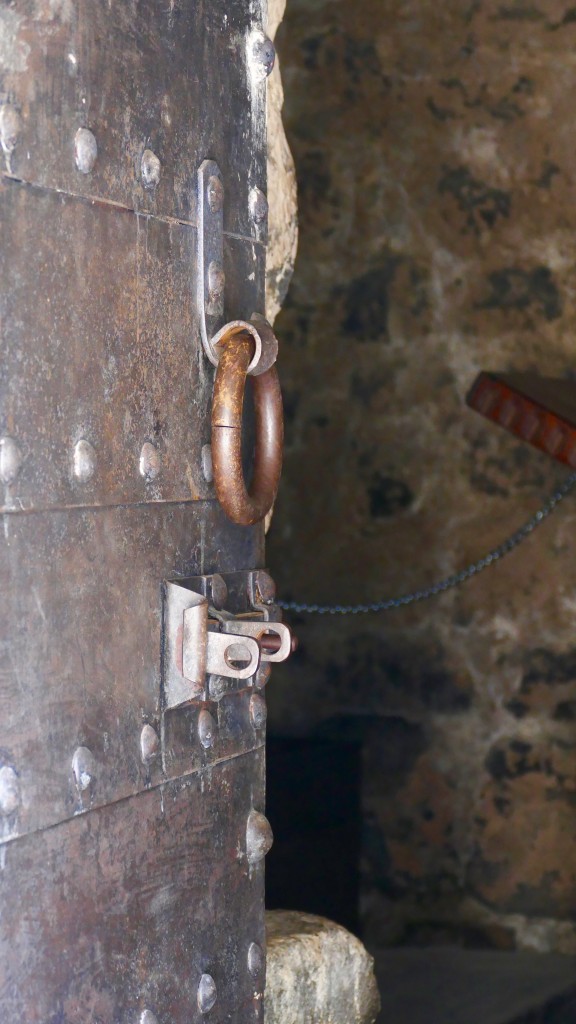
Built between the 9th-10th centuries, the Chitakhevi Monastery of St. George (the Green Monastery) is nestled in the beautiful Borjomi valley.
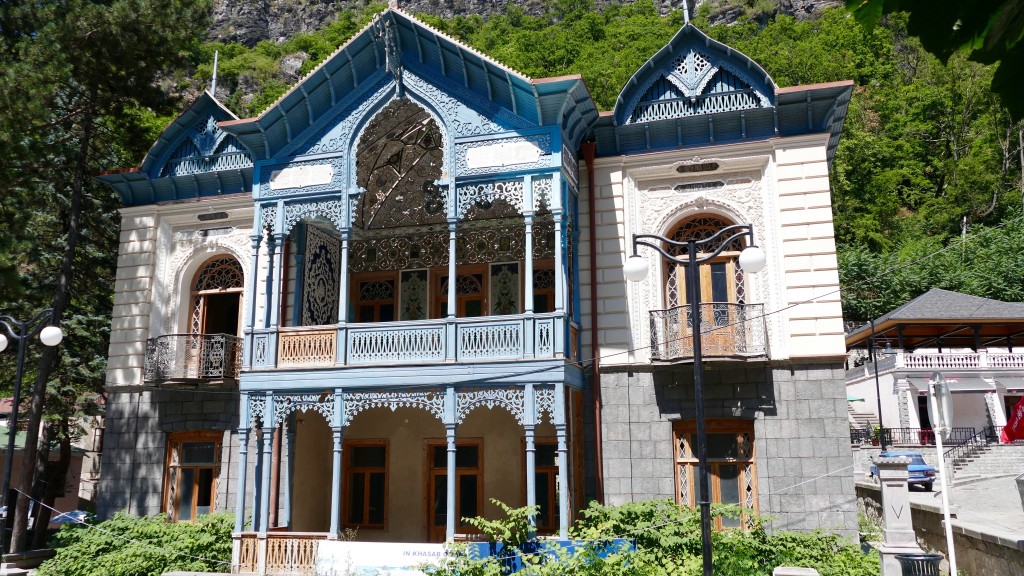
“Firuza” is one of the most important historical buildings in Borjomi. Situated at the entrance of the “Mineral Water Park,” it was built in 1892 by the consul of Iran and is considered a unique cultural monument. The building combines characteristics of Persian, Georgian and European styles.
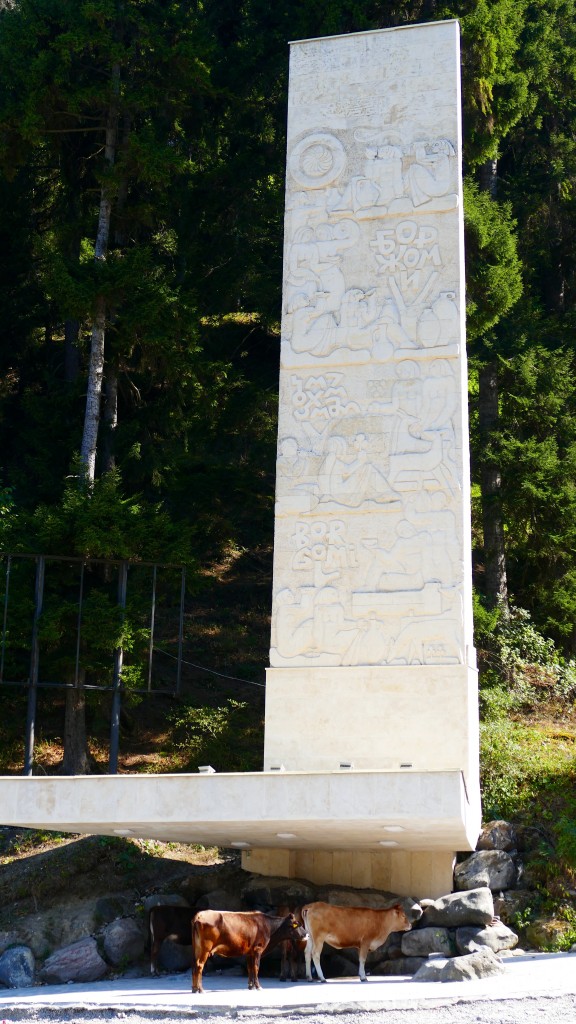
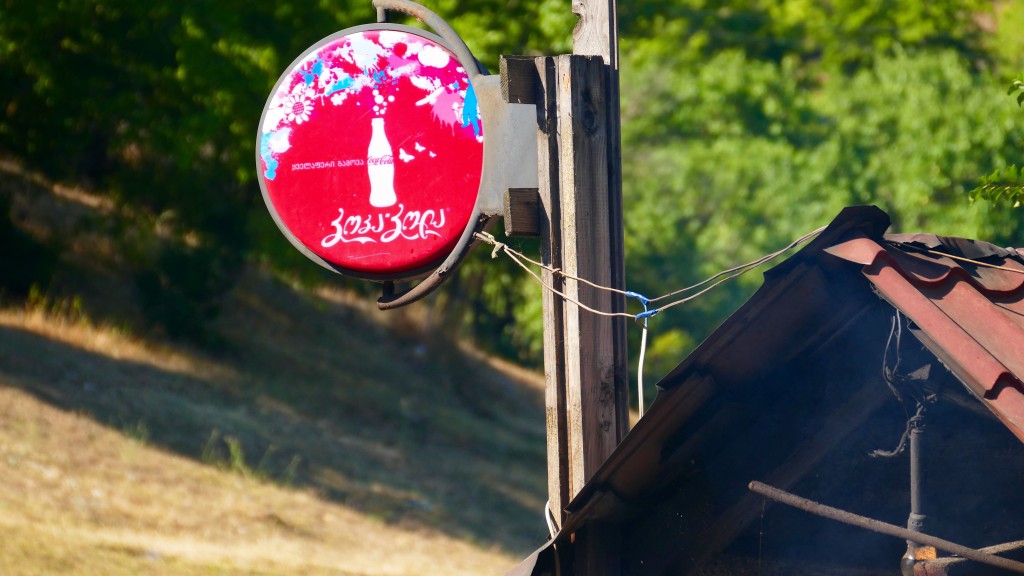
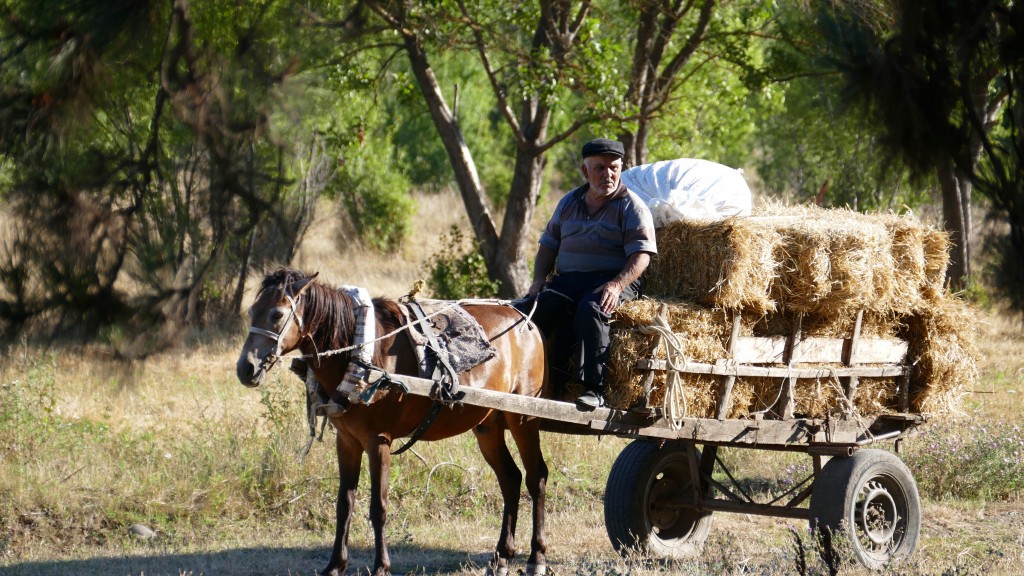
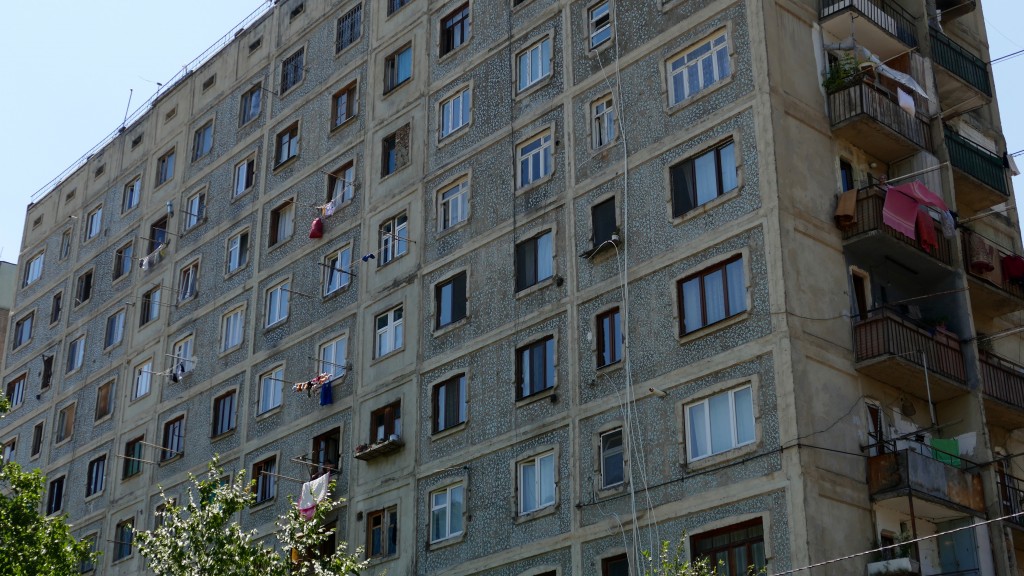

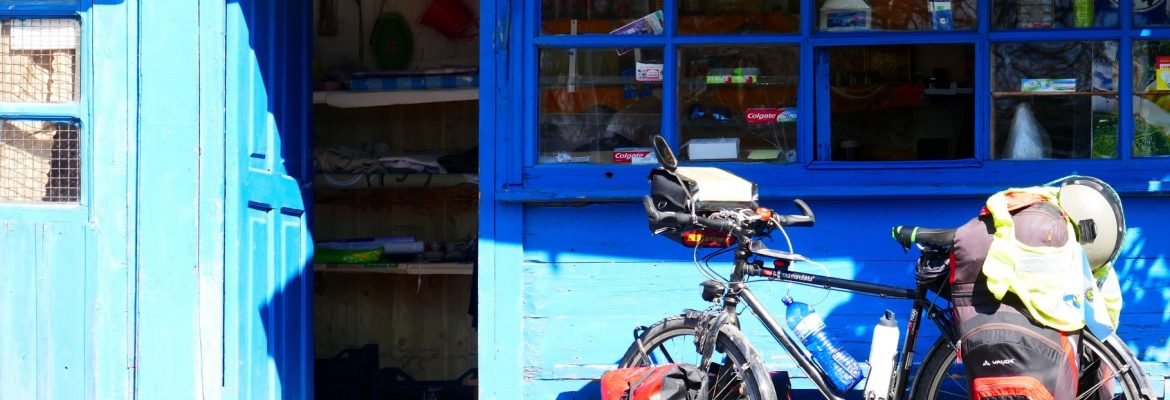

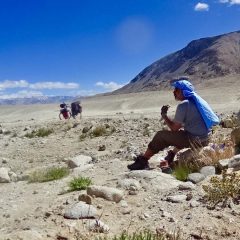

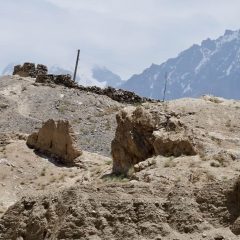

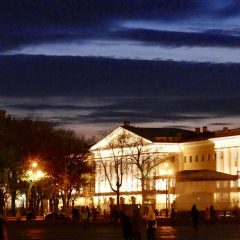
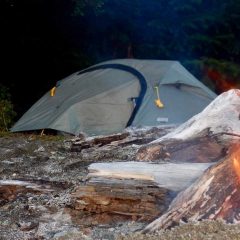

Bitte hinterlasse eine Antwort